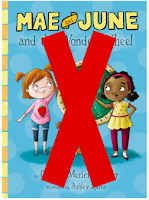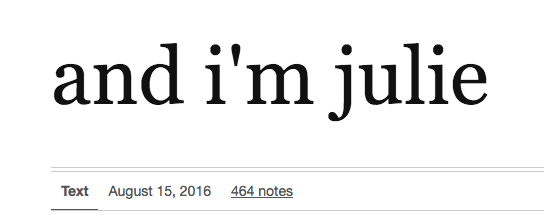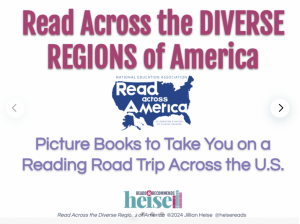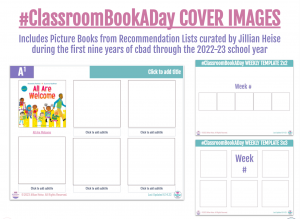I don’t read books to pick them apart. I read them to enjoy and figure out which ones will work for, and connect with, the students I serve, and to recommend to other educators. But that doesn’t mean I can read without a critical lens. In fact, it’s a requirement. In the quest to provide more diverse representation in literature, there is also a need to ensure that kids are getting positive, non-stereotyped, accurate representations in the books we share that can build empathy instead of furthering division, insensitivity, and cultural appropriation.
 With all of that in mind, I eagerly picked up Mae and June and the Wonder Wheel – with a Black girl on the cover of a transitional chapter book, I knew I had to read it in the hope that my students would have access to more books with racially diverse characters in the forefront at the elementary level.
With all of that in mind, I eagerly picked up Mae and June and the Wonder Wheel – with a Black girl on the cover of a transitional chapter book, I knew I had to read it in the hope that my students would have access to more books with racially diverse characters in the forefront at the elementary level.
What I did not expect was to be surprised 40 pages in to discover a large plot point relating to encouraging the main character to arbitrarily select a “spirit animal” to be for the day. I was so disheartened to find this cultural appropriation in a book that had potential to be a solid selection for my elementary library collection. This appropriation ruined the rest of the book for me.
Some context to help you learn more if you are unfamiliar with the concerns about the use of “spirit animal”:

(If you’re not already following Dr. Debbie Reese, you definitely should be!)




























Would you have been more comfortable if the author had used the term "totem animal" instead of "spirit" animal? That would have generalized the term to include the international practices of many peoples over history who created identifications between non-humans and humans. Cultural anthropology shows how that has been a widespread practice.
Donyae Coles' article is especially good on the subject, explaining the difference between the harmfulness of "spirit animal" and the more general "totem." In fact, what many authors and others who use "spirit animal" mean is actually something much looser, akin to totem. The comments and her responses are excellent too, notable for their sticking to facts and avoidance of polemic.
http://www.spiralnature.com/spirituality/spirit-animal-cultural-appropriation/
Also, how big a plot point was this? Does the plot of the book turn on this incident, or is it more of a throwaway? Does the reference recur on multiple pages? That would influence what teachers and librarians might do in a particular case or book. A passing incident in a book is very different from something that drives the narrative.
I have not read that article, but will look into it. As I stated in my post, it was "a large plot point." The reference in the book is not just passing-it is a major plot point for the entire first day of the project and is referenced over and over again throughout the next couple of chapters as she acts like a dog in different ways.
And I would argue that a passing incident is in fact enough to guide selection decisions as harmful "throwaway" references embed themselves into the psyche of kids and are what lead to much of the appropriation that we see in our society.